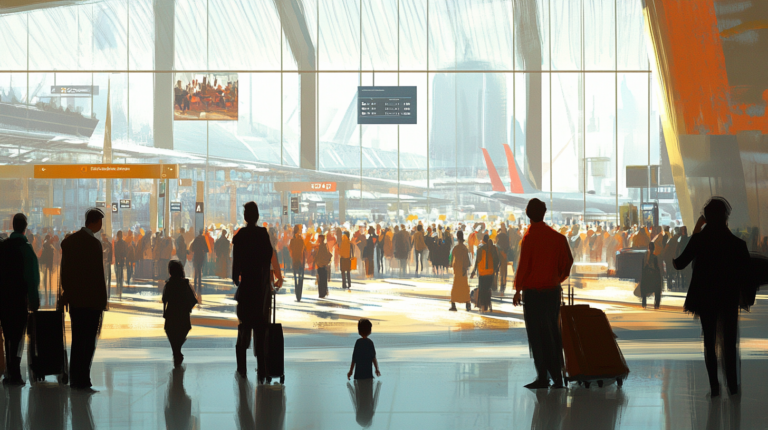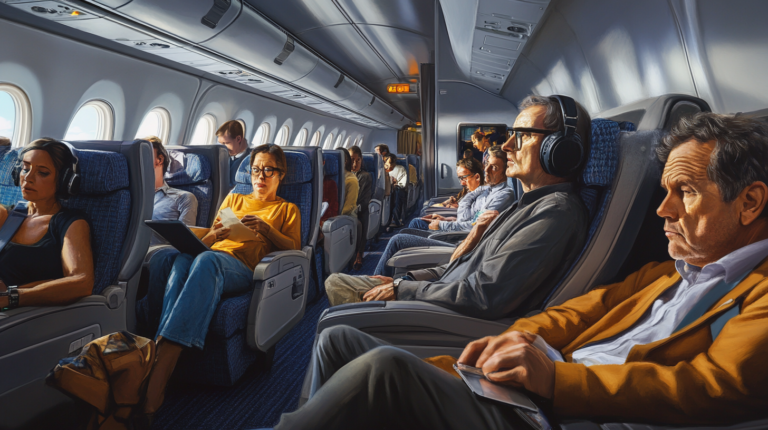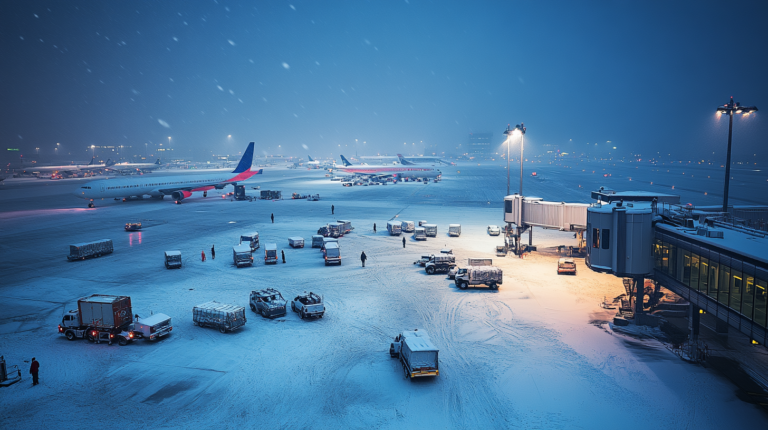Airports in Washington D.C.: Navigating the Capital’s Aviation Hubs
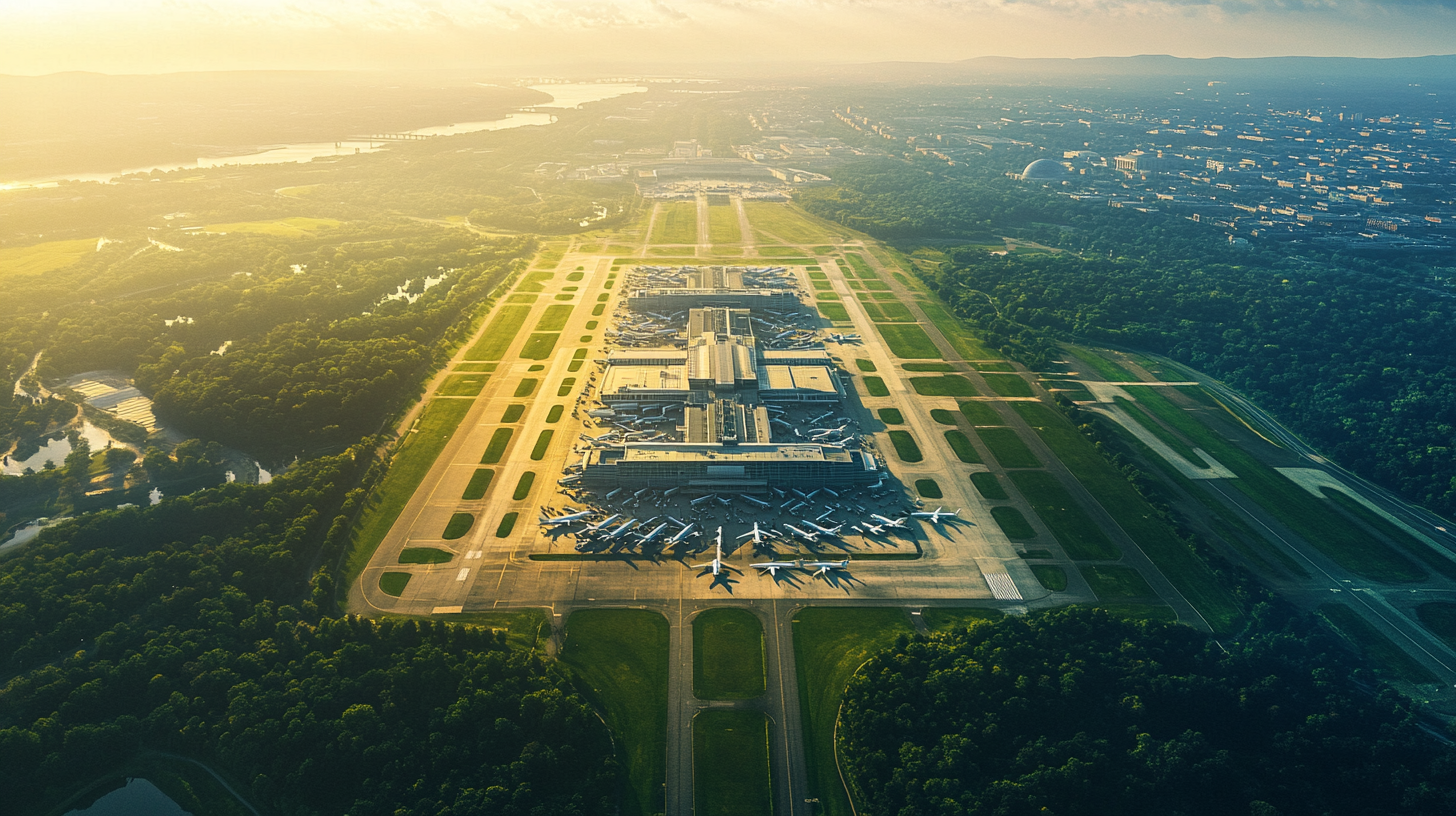
The Washington, D.C. metropolitan area is a bustling hub of political, cultural, and economic activity. For travelers visiting the nation’s capital—a city steeped in history and brimming with iconic landmarks—understanding the region’s airport options is essential for a smooth journey. Despite lacking public airports within its city limits, Washington, D.C. is served by three major airports: Ronald Reagan Washington National Airport (DCA), Washington Dulles International Airport (IAD), and Baltimore/Washington International Thurgood Marshall Airport (BWI). Each airport offers unique advantages, catering to different travel needs and preferences. Whether you’re attending a crucial business meeting on Capitol Hill, exploring the Smithsonian museums, or visiting friends and family, choosing the right airport can significantly enhance your travel experience. This comprehensive guide explores these airports in detail, helping passengers choose the best fit for their journeys.
Ronald Reagan Washington National Airport (DCA)

Location and Accessibility
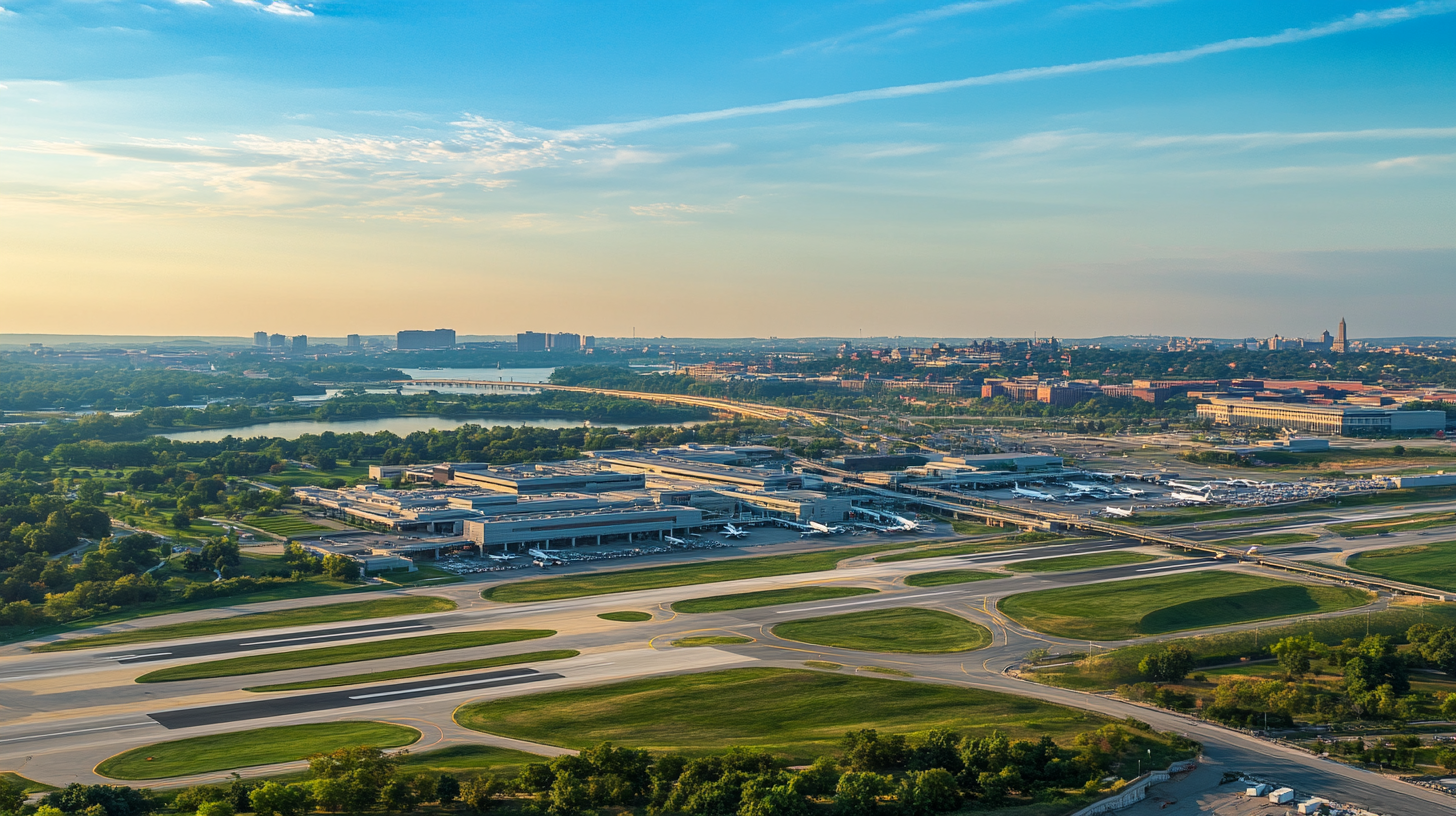
Located approximately 3 miles south of downtown Washington, D.C., Ronald Reagan Washington National Airport is the closest airport to the city center. Its unrivaled proximity makes it the most convenient option for travelers looking to minimize transit time, whether they’re diplomats rushing to international summits or tourists eager to immerse themselves in the city’s rich history. The airport is seamlessly integrated into the city’s transportation network, easily accessible via the Washington Metro’s Blue and Yellow lines, with a station directly connected to the terminals. This direct connection allows passengers to step off their flight and onto a train that whisks them into the city within minutes. Taxis and rideshare services are also readily available curbside, providing quick and flexible access to the heart of the city. For those seeking the most efficient route to downtown, utilizing the Washington Metro from DCA Airport is an economical and time-saving option.
Airlines and Destinations
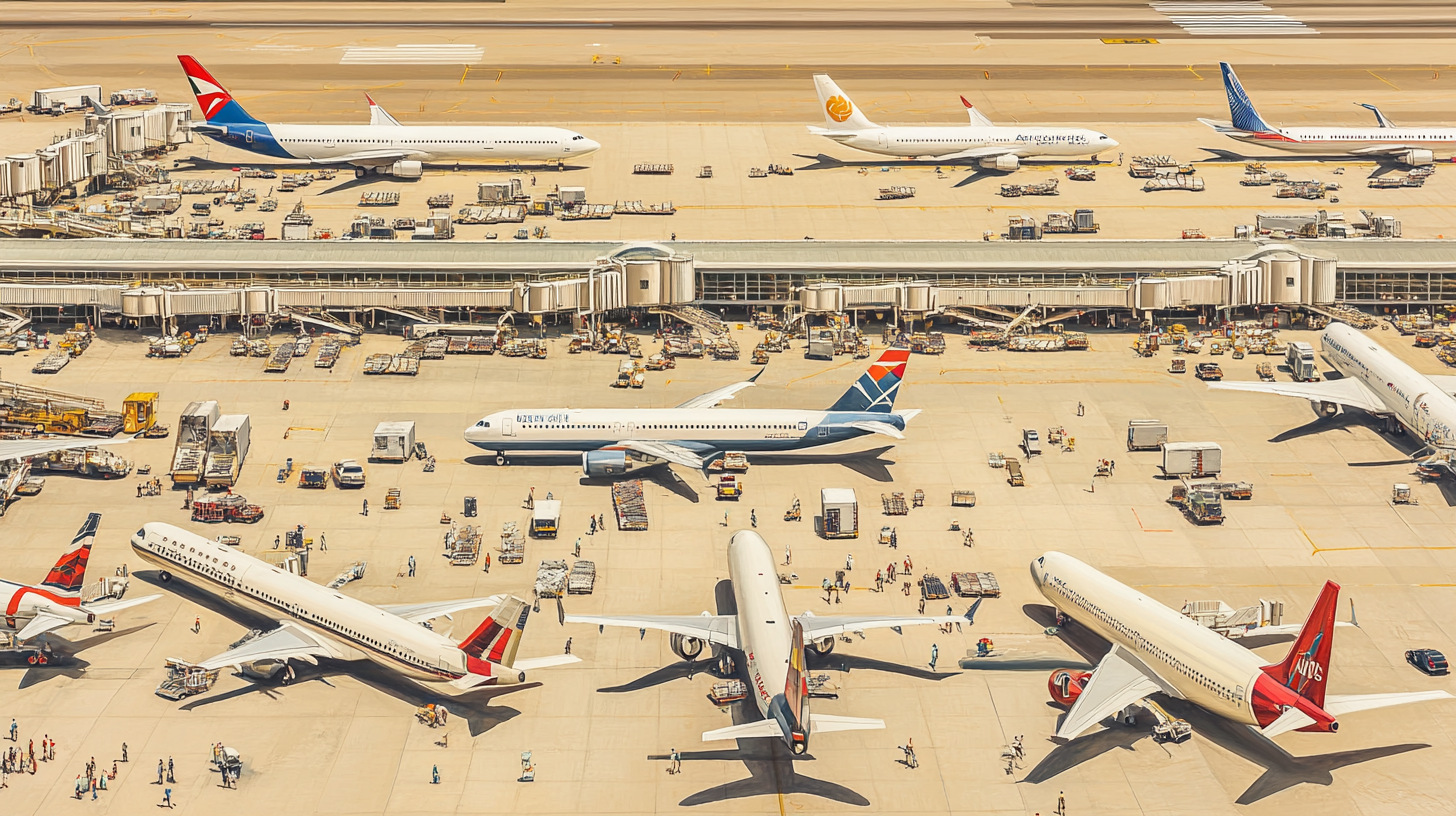
DCA is heavily dominated by American Airlines and focuses primarily on domestic flights due to slot and perimeter restrictions limiting the number and distance of flights permitted. These federal regulations are designed to reduce congestion and manage noise levels, restricting most nonstop flights to a maximum of 1,250 miles from the airport. In 2022, the airport handled approximately 23.9 million passengers, making it the busiest among the three Washington, D.C. area airports. While international options are limited, DCA offers a wide array of domestic destinations, from major cities to regional hubs, catering to travelers seeking efficient connections within the United States. For those planning trips along the East Coast or within the country’s interior, exploring domestic flight options from DCA can provide numerous convenient itineraries.
Facilities and Services

The airport offers a variety of amenities to enhance the passenger experience. Dining and shopping options are abundant, providing travelers with numerous choices to suit their preferences, from quick-service eateries to sit-down restaurants offering a taste of local cuisine. Retail outlets range from newsstands to specialty shops, allowing passengers to pick up last-minute essentials or unique souvenirs. Accessibility services are available to assist passengers with special needs, ensuring a comfortable journey for all. The airport is designed with efficiency in mind; security processes at DCA are streamlined, and the airport’s compact layout allows for easy navigation between terminals and gates. For travelers interested in making the most of amenities at DCA Airport , the facilities make pre-flight time both productive and enjoyable.
Pros and Cons

Pros:
- Closest airport to downtown Washington, D.C., allowing travelers to reach the city’s core in mere minutes.
- Direct access via the Washington Metro, simplifying transportation and reducing travel costs.
- Efficient security procedures, minimizing wait times and enhancing the overall passenger experience.
Cons:
- Limited to mostly domestic flights due to regulatory restrictions, potentially requiring connections for international travel.
- Fewer international destinations compared to IAD and BWI, which may not suit travelers with global itineraries.
Washington Dulles International Airport (IAD)
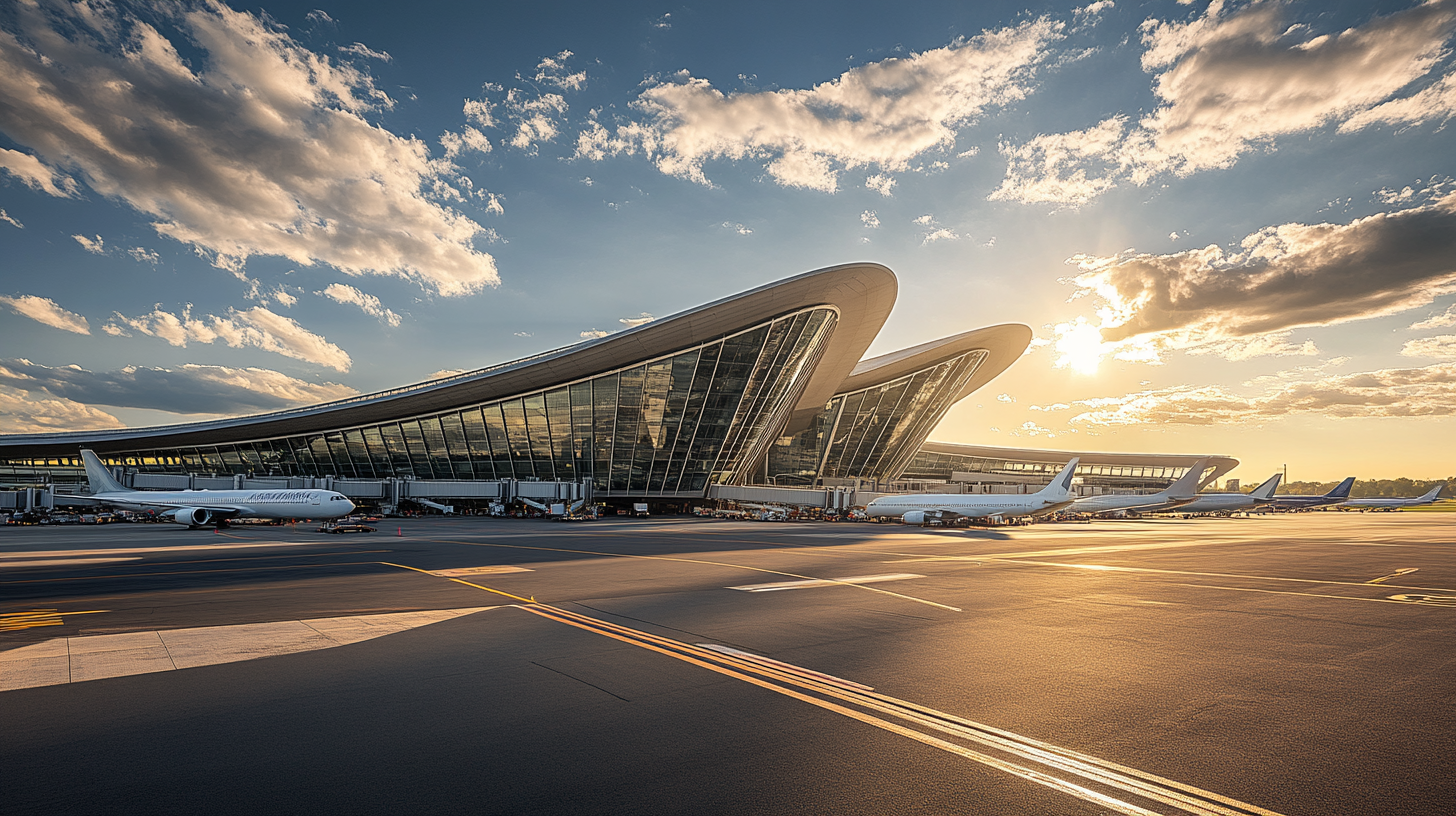
Location and Accessibility

Washington Dulles International Airport is situated approximately 26 miles west of downtown Washington, D.C., nestled in the Virginia suburbs. While it is farther from the city center compared to DCA, IAD serves as a crucial gateway for international travelers arriving in or departing from the nation’s capital. Accessible via taxis, rideshares, and dedicated shuttle services, passengers can expect travel times to downtown ranging from 40 minutes to over an hour, depending on traffic conditions. The airport’s connectivity is set to improve significantly with the anticipated extension of the Metro Silver Line, scheduled to provide direct rail service to IAD. This development will enhance public transportation options for passengers heading into the capital, offering a reliable alternative to road transport and easing congestion. For those planning ahead, information on the Metro Silver Line extension to IAD can assist in making travel arrangements more efficient.
Airlines and Destinations

IAD serves as a major hub for United Airlines and is the busiest airport in terms of international flights in the region. It offers a comprehensive range of destinations, particularly to Europe, making it ideal for international travelers. In 2022, IAD handled over 21 million passengers. The airport’s extensive network accommodates both domestic and international flights, providing flexibility for various travel itineraries. For travelers interested in exploring international flight options from IAD , the airport’s offerings are extensive.
Facilities and Services

To streamline the passenger experience, IAD has implemented advanced technology to manage security wait times effectively, such as automated screening lanes and real-time updates on wait times. The airport features a wide array of dining and shopping venues, catering to diverse tastes and preferences. From international cuisine reflecting the global nature of its travelers to familiar eateries, passengers have plenty of options to relax and recharge. Retail offerings include duty-free shops, luxury boutiques, and convenient stores for travel essentials. Accessibility services are in place to assist travelers with disabilities, including wheelchair assistance, accessible restrooms, and special accommodations upon request. With ongoing improvements and modern facilities, IAD aims to provide a comfortable and efficient environment for all passengers. For detailed insights into enhancing the travel experience at IAD Airport , passengers can explore the various services designed to ease their journey.
Pros and Cons

Pros:
- Extensive international flight options, ideal for global travelers.
- Hub for United Airlines, offering a comprehensive network of flights.
- Advanced security management systems, reducing wait times and increasing efficiency.
Cons:
- Farther from downtown Washington, D.C., potentially increasing travel time to and from the airport.
- Currently limited public transportation until Metro extension completion, making transit options less convenient.
Baltimore/Washington International Thurgood Marshall Airport (BWI)
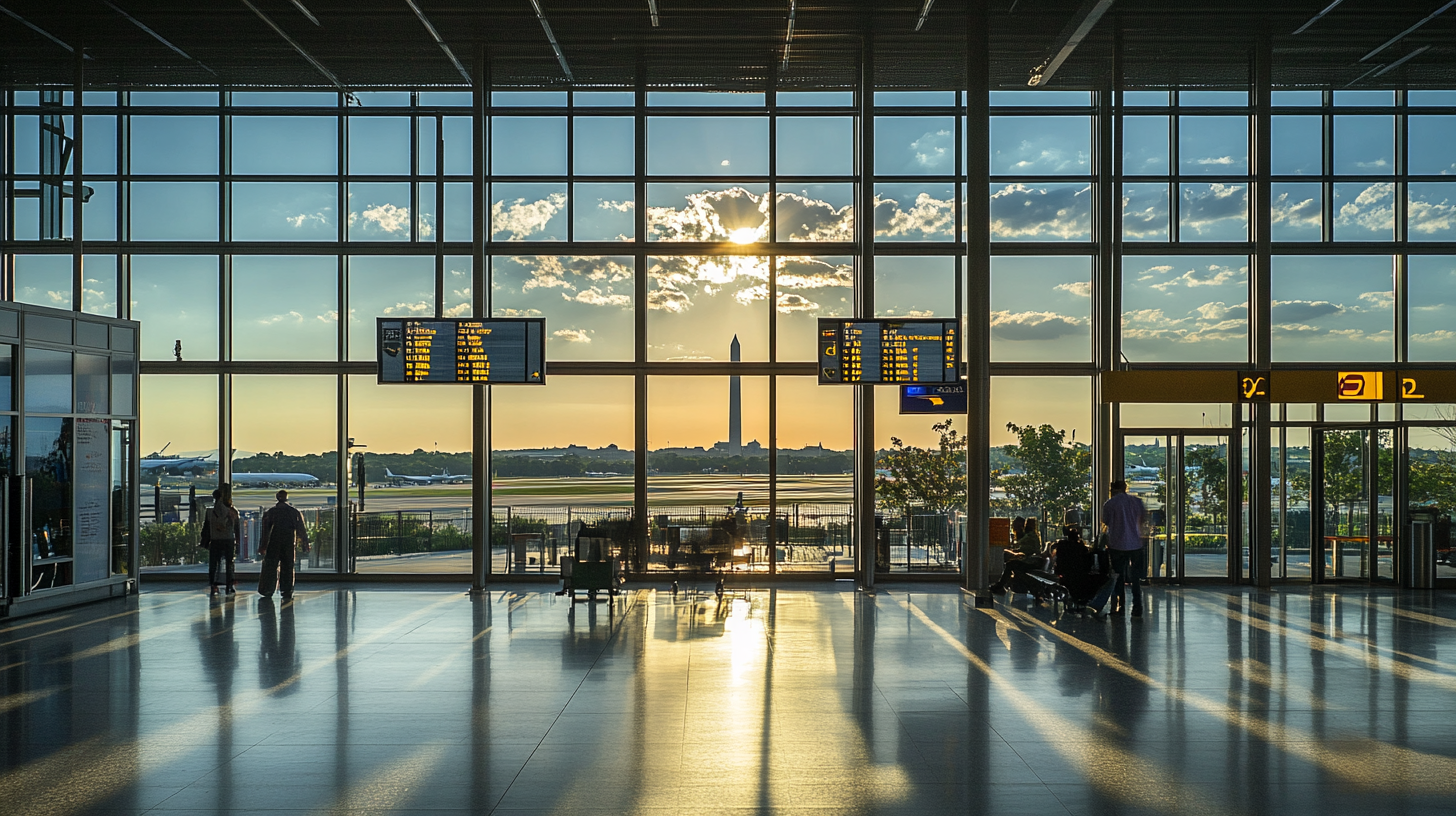
Location and Accessibility

Baltimore/Washington International Thurgood Marshall Airport is located approximately 32 miles northeast of Washington, D.C., adjacent to the city of Baltimore. While it is the furthest from the capital among the three airports, BWI serves both the Baltimore and Washington regions, effectively bridging two major metropolitan areas. The airport is accessible via strong rail connections, including MARC and Amtrak trains, which link BWI to Washington’s Union Station and Baltimore’s Penn Station. These rail services offer a reliable and economical transportation option, with shuttles connecting the airport terminals to the BWI Rail Station. Despite the distance, travelers can reach downtown Washington, D.C., in about 40 minutes by train. For those considering using rail services to travel between BWI and Washington D.C. , the connections are efficient and convenient, making BWI a viable option despite its location.
Airlines and Destinations

BWI is a significant hub for Southwest Airlines, offering a plethora of domestic flights and some international routes. In 2022, the airport accommodated approximately 22.8 million passengers. Known for competitive fares, BWI attracts cost-conscious travelers seeking value without compromising on service. The airport’s network includes numerous destinations, making it a practical choice for a variety of travel plans. Passengers looking to maximize their budget may find affordable flight options through BWI particularly appealing.
Facilities and Services

The airport is undergoing continual improvements to enhance the passenger experience. BWI offers a range of dining and shopping options, providing travelers with ample choices to enjoy before their flights. From local Maryland cuisine to national food chains, the dining selections cater to a variety of tastes. Shopping opportunities include specialty stores and duty-free shops, allowing passengers to browse and purchase items at their leisure. Accessibility services are readily available, ensuring accommodations for passengers with special needs, including designated parking, shuttle services, and assistance throughout the airport. The airport strives to maintain a welcoming and efficient atmosphere for all visitors. For more information on utilizing BWI’s passenger services and amenities , travelers can explore the airport’s offerings.
Pros and Cons

Pros:
- Competitive fares, especially with Southwest Airlines, appealing to budget-conscious travelers.
- Strong rail connections via MARC and Amtrak trains, providing convenient access to Washington, D.C., and Baltimore.
- Less congestion compared to other major airports, potentially leading to a more relaxed travel experience.
Cons:
- Furthest from downtown Washington, D.C., which may result in longer transit times.
- Limited international flight options compared to IAD, which could affect travelers seeking global destinations.
Comparing the Airports: Making an Informed Choice
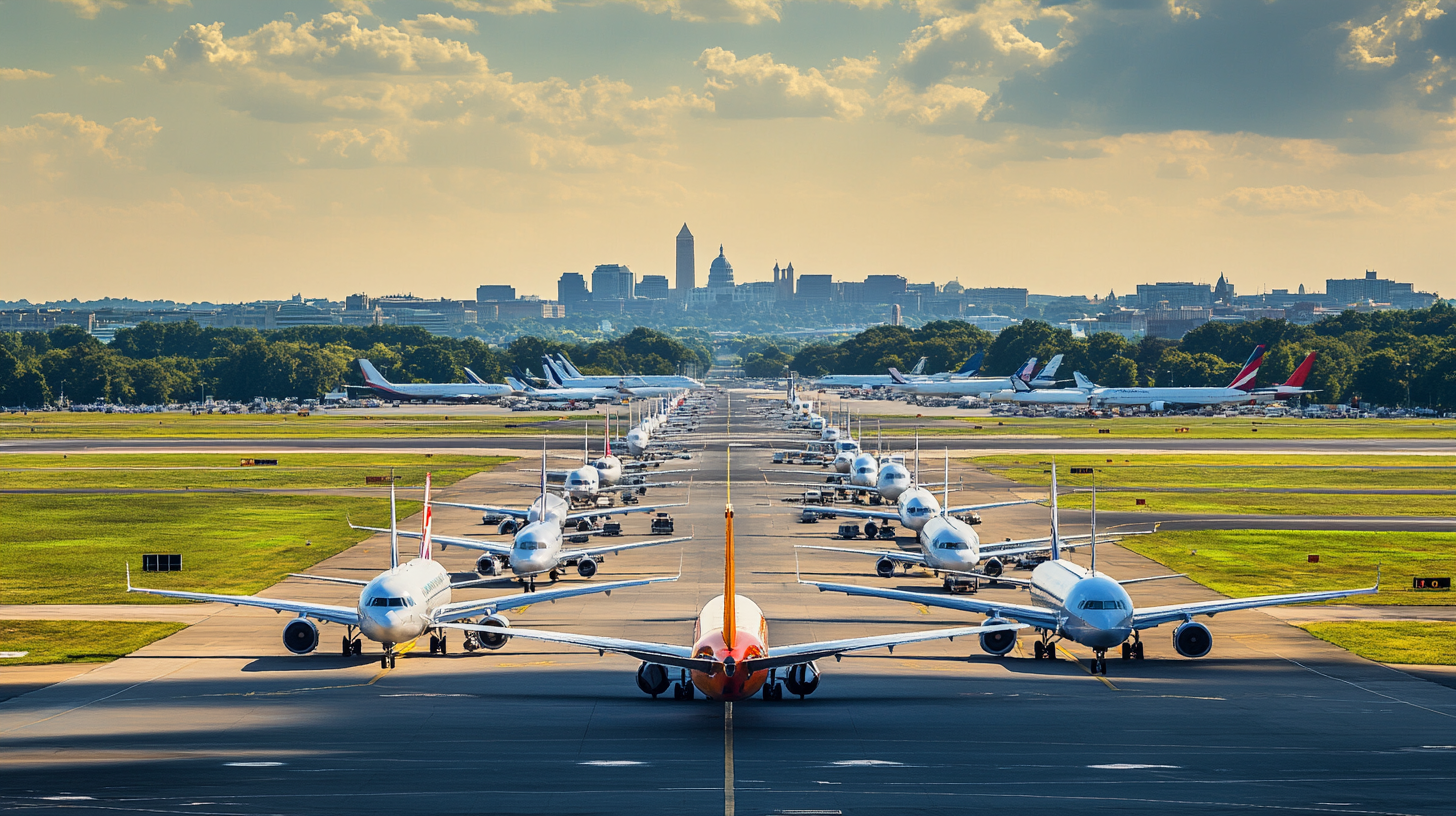
In 2022, the three Washington, D.C. area airports collectively handled over 65 million passengers. Each airport offers distinct advantages, and selecting the right one depends on individual travel needs. Here is a summary to assist in making an informed choice:
- Ronald Reagan Washington National Airport (DCA): Best for travelers seeking convenience to downtown Washington, D.C., with a focus on domestic flights. Ideal for short trips and business travelers prioritizing proximity. For more insights, consider choosing DCA for domestic travel to Washington D.C. .
- Washington Dulles International Airport (IAD): Optimal for international travel, offering the most extensive international flight options. Suitable for passengers flying with United Airlines or those requiring a broader range of destinations. Travelers planning international itineraries might explore IAD’s global flight connections .
- Baltimore/Washington International Thurgood Marshall Airport (BWI): Recommended for budget-conscious travelers seeking competitive fares, particularly with Southwest Airlines. Offers strong rail connections to both Baltimore and Washington, D.C. Those interested in balancing cost and convenience may consider benefits of flying from BWI .
Transportation Options to and from the Airports
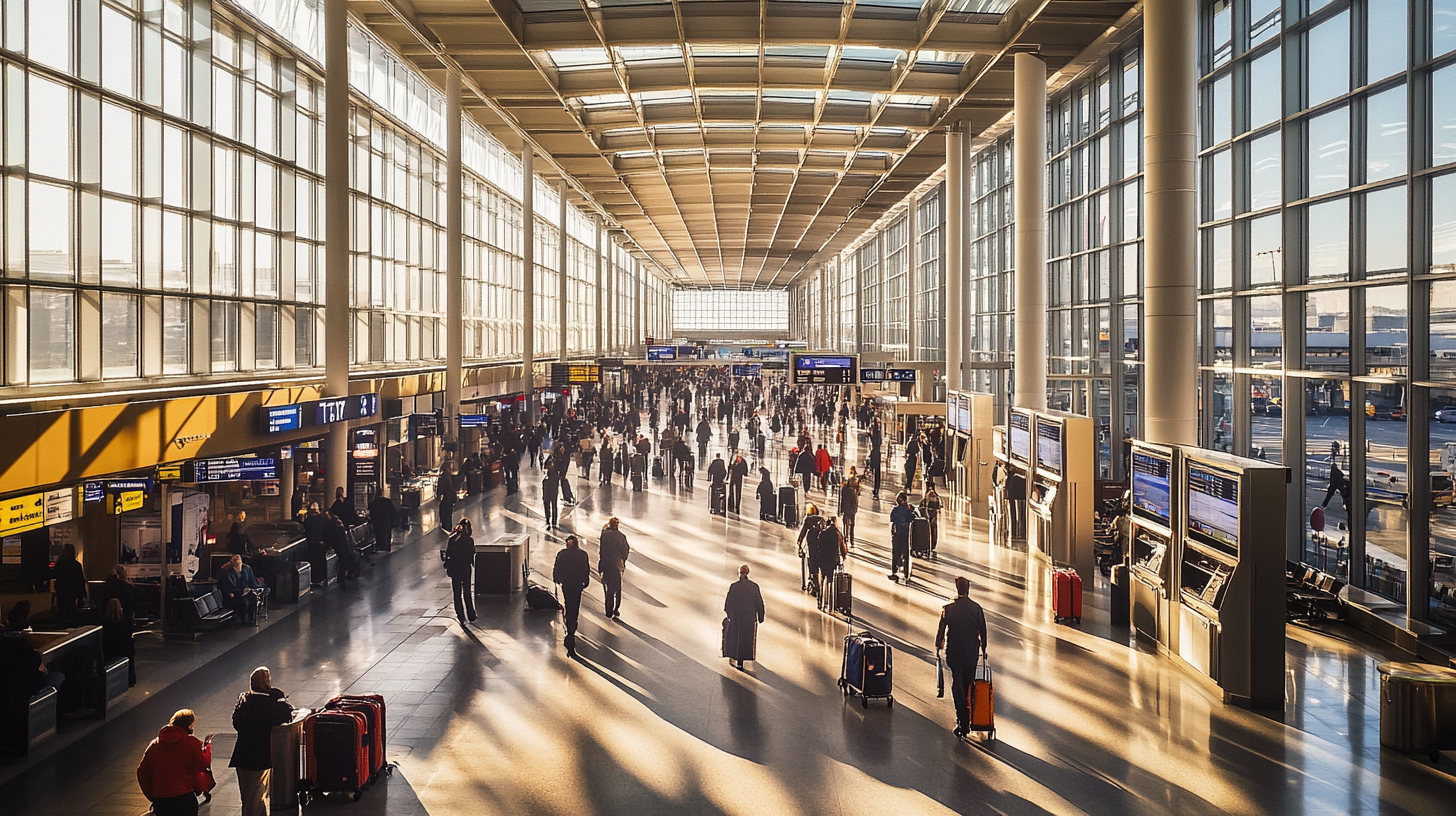
Ronald Reagan Washington National Airport (DCA)

Metro: Direct access via the Blue and Yellow lines, connecting passengers to various parts of the city efficiently.
Taxis and Rideshares: Available curbside, providing quick transit to downtown and surrounding areas.
Washington Dulles International Airport (IAD)

Silver Line Express Bus: Connects the airport to the Wiehle-Reston East Metro station, facilitating access to the Metro system.
Taxis and Rideshares: Offer direct routes to Washington, D.C., and neighboring regions.
Future Metro Extension: The upcoming Metro Silver Line extension will provide direct rail service to the airport, enhancing accessibility.
Baltimore/Washington International Thurgood Marshall Airport (BWI)

Rail Connections: MARC and Amtrak trains link BWI to Washington’s Union Station and Baltimore’s Penn Station, with shuttle services to the airport terminals.
Taxis and Rideshares: Provide transportation to various destinations, although travel times may be longer due to the distance.
Key Considerations for Travelers
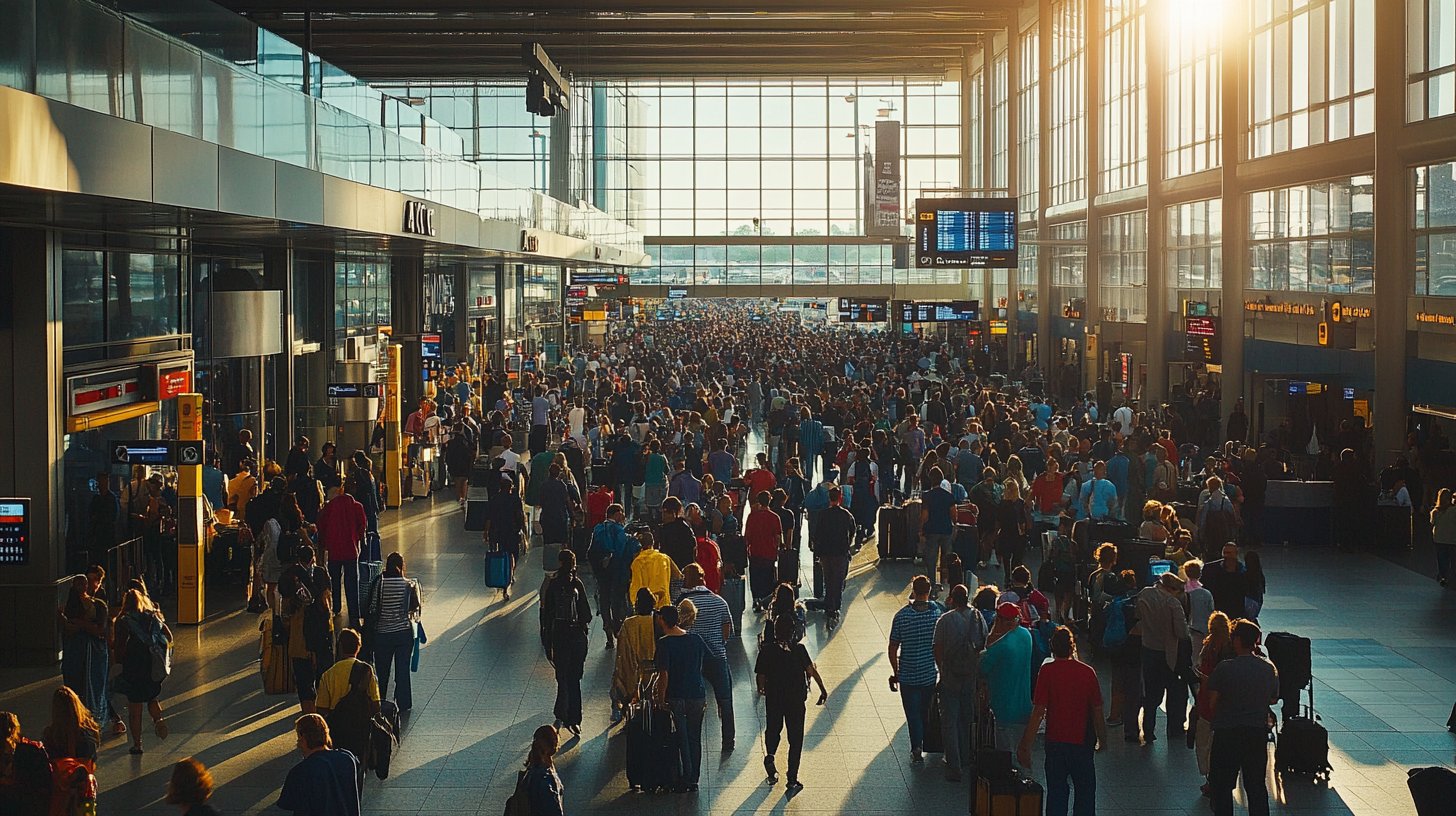
When selecting an airport for travel to or from Washington, D.C., consider the following factors to ensure a choice that aligns with personal preferences and requirements:
- Destination: For domestic flights and quick access to the city, DCA is ideal. For international destinations, particularly in Europe, IAD offers the most options.
- Airline Preference: United Airlines passengers may prefer IAD due to its hub status, while American Airlines travelers might opt for DCA.
- Budget: Those seeking competitive fares, especially with Southwest Airlines, may find BWI to be the most cost-effective choice.
- Convenience: Proximity to accommodations or destinations within the city can influence airport selection, with DCA offering the shortest commute.
- Transportation Access: Availability and preference for public transportation versus taxis or rideshares can impact the decision, especially with the direct Metro access at DCA and the strong rail links at BWI.
Final Thoughts
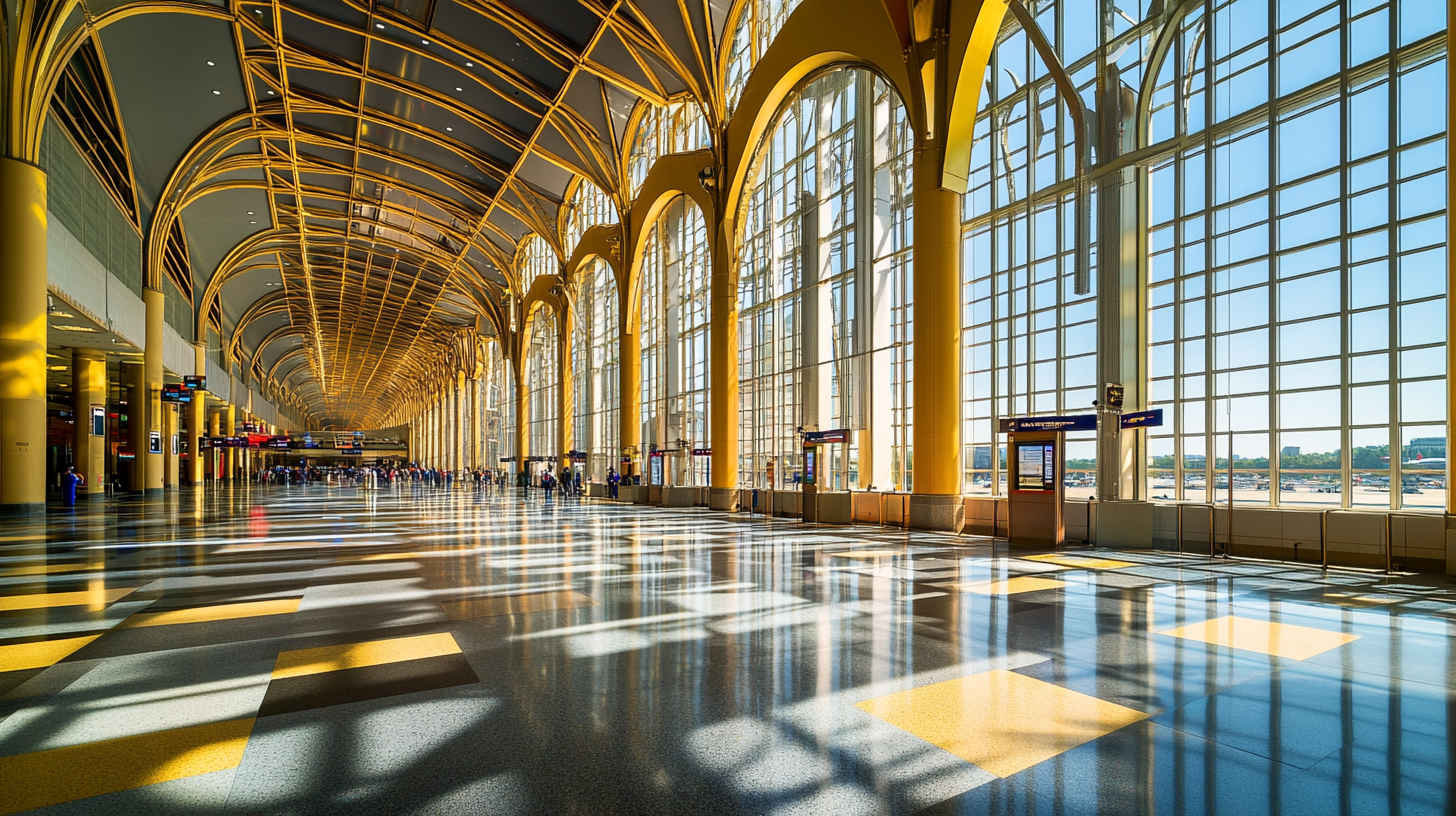
The Washington, D.C. area boasts three major airports, each with distinct features catering to various traveler needs. Understanding the nuances of Ronald Reagan Washington National Airport, Washington Dulles International Airport, and Baltimore/Washington International Thurgood Marshall Airport empowers passengers to select the airport that best aligns with their travel plans. By considering factors such as location, airlines, destinations, facilities, and transportation options, travelers can enhance their journey to or from the nation’s capital. Whether prioritizing convenience, budget, or international connectivity, the choice of airport plays a pivotal role in the overall travel experience.
Follow us back to Seat 5A for more travel insights and tips. Visit us at Seat 5A to explore more about your travel options.
This blog post was AI-written / human assisted.


